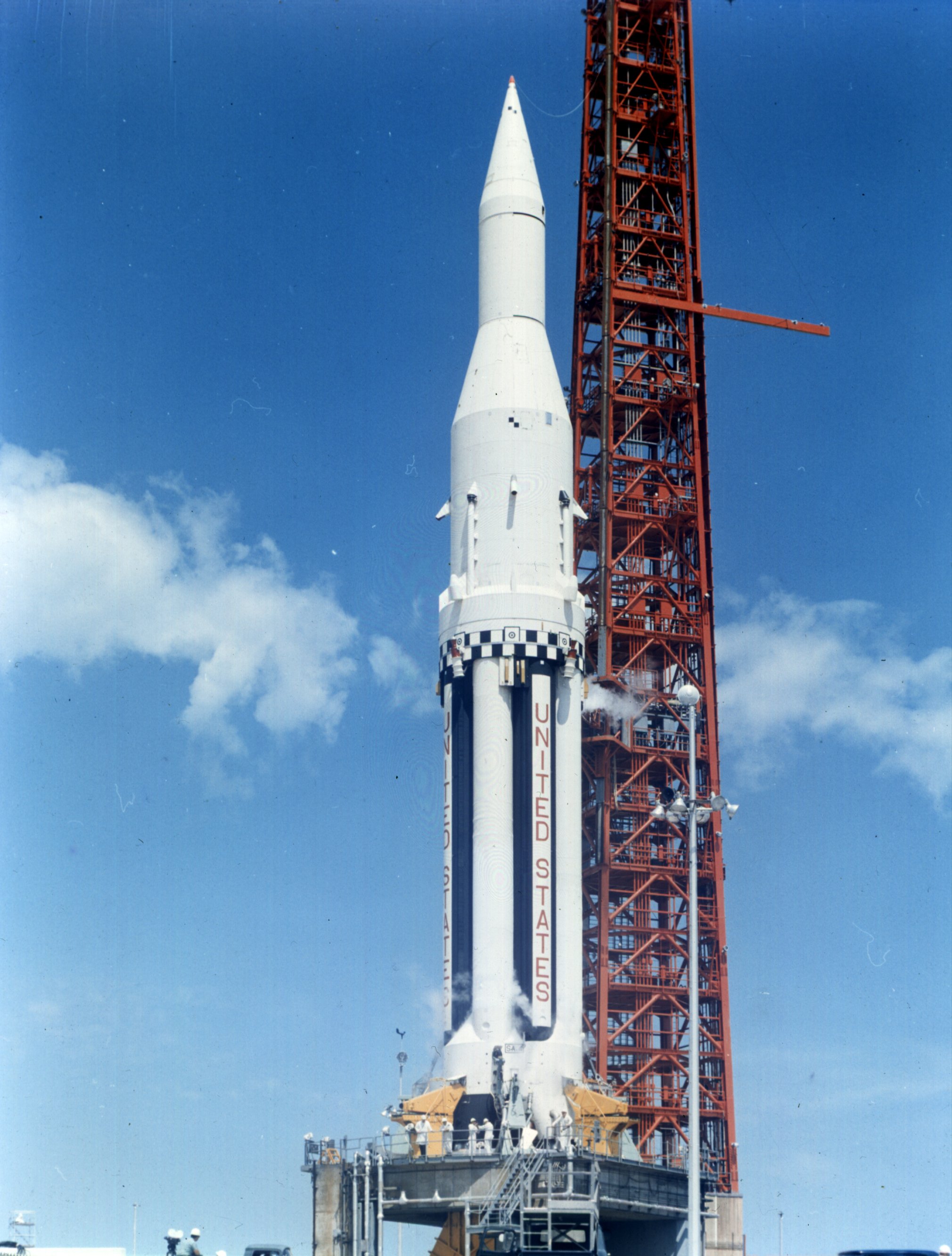Previous Spaceflight Launches
Filter by Agency, Locations or Vehicles
Show All LaunchesThor Delta C | Explorer 21
McDonnell Douglas | United States of AmericaCape Canaveral SFS, FL, USA
Oct. 4, 1964, 3:45 a.m.
Vostok 8A92 | Zenit-2 22
RKK Energiya | RussiaBaikonur Cosmodrome, Republic of Kazakhstan
Sept. 24, 1964, 12:04 p.m.
Atlas SLV-3 Agena D | KH-7 11
Convair | United States of AmericaVandenberg SFB, CA, USA
Sept. 23, 1964, 8:05 p.m.
Status: Launch Successful
Mission:
The Program 206 satellite, carrying the KH-7 (Keyhole 7) camera system (codenamed Gambit-1), was the first successful high resolution space reconnaissance program. It was managed by NRO's Program A, the USAF-led segment of the National Reconnaissance Program managed from Los Angeles AFB in El Segundo, California.
Sun-Synchronous OrbitSaturn I | Saturn-SA 7
Chrysler | United States of AmericaCape Canaveral SFS, FL, USA
Sept. 18, 1964, 4:22 p.m.
Thor SLV-2A Agena D | KH-4A 10
McDonnell Douglas | United States of AmericaVandenberg SFB, CA, USA
Sept. 14, 1964, 10:53 p.m.
Voskhod | Zenit-4 4
Soviet Space Program | RussiaBaikonur Cosmodrome, Republic of Kazakhstan
Sept. 13, 1964, 9:45 a.m.
Atlas Agena B | OGO 1
United States Air Force | United States of AmericaCape Canaveral SFS, FL, USA
Sept. 5, 1964, 1:23 a.m.
Titan IIIA | Transtage 1
Lockheed Martin | United States of AmericaCape Canaveral SFS, FL, USA
Sept. 1, 1964, 3 p.m.
Vostok 8A92M | Meteor-1 1
RKK Energiya | RussiaBaikonur Cosmodrome, Republic of Kazakhstan
Aug. 28, 1964, 4 p.m.
Thor SLV-2 Agena B | Nimbus 1
McDonnell Douglas | United States of AmericaVandenberg SFB, CA, USA
Aug. 28, 1964, 7:56 a.m.
Status: Launch Successful
Mission:
Nimbus 1, the first in a series of second-generation meteorological research-and-development satellites, was designed to serve as a stabilized, earth-oriented platform for the testing of advanced meteorological sensor systems and for collecting meteorological data.
Polar Orbit


